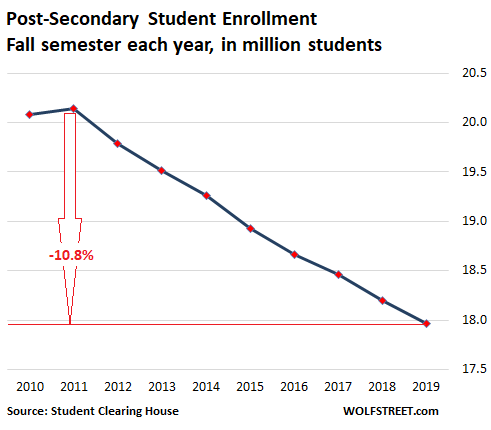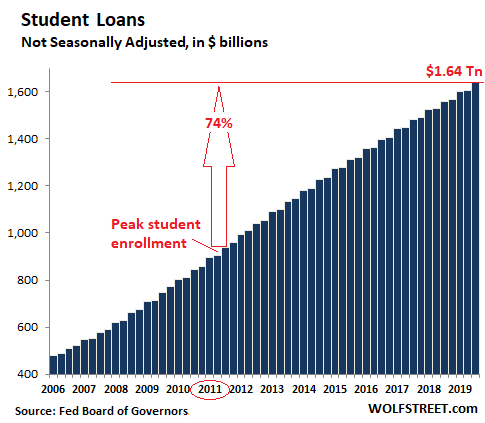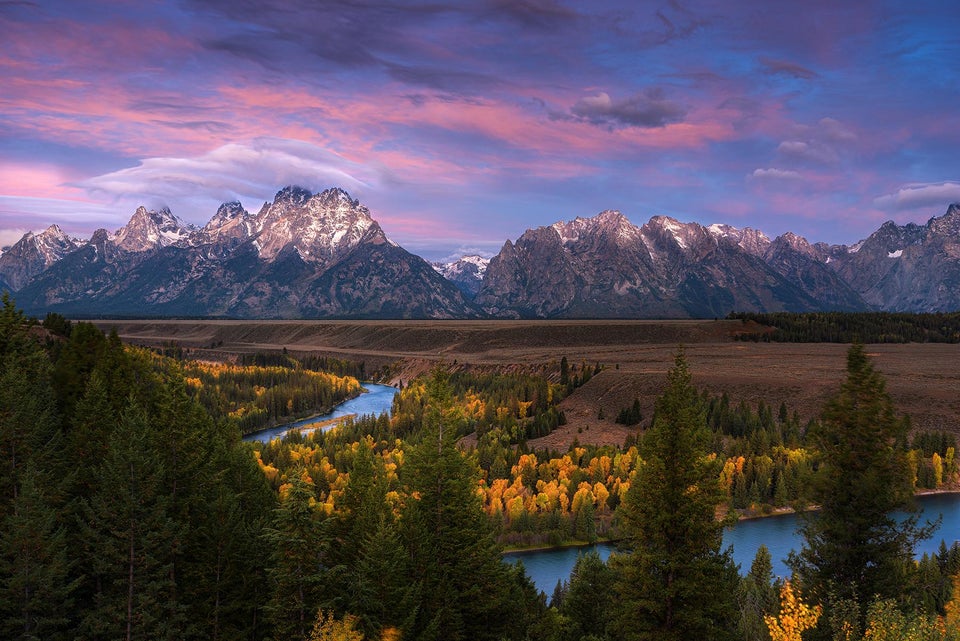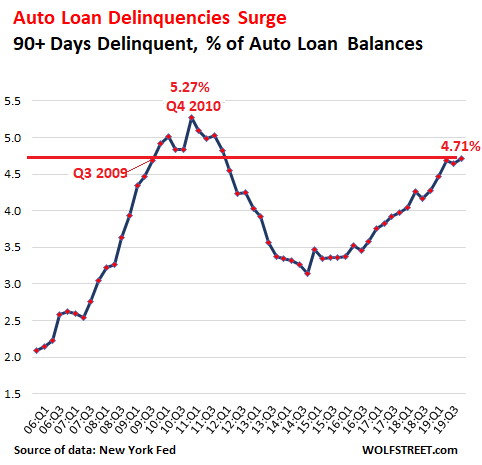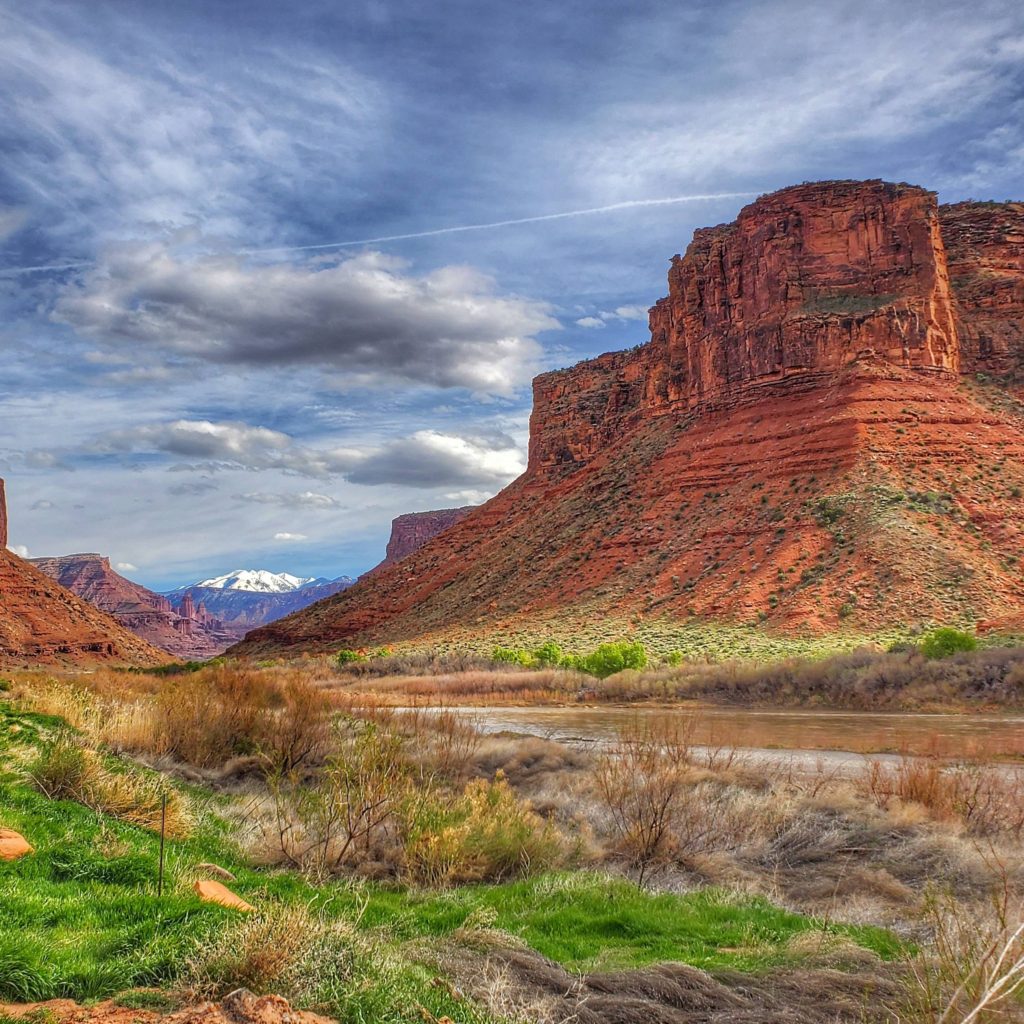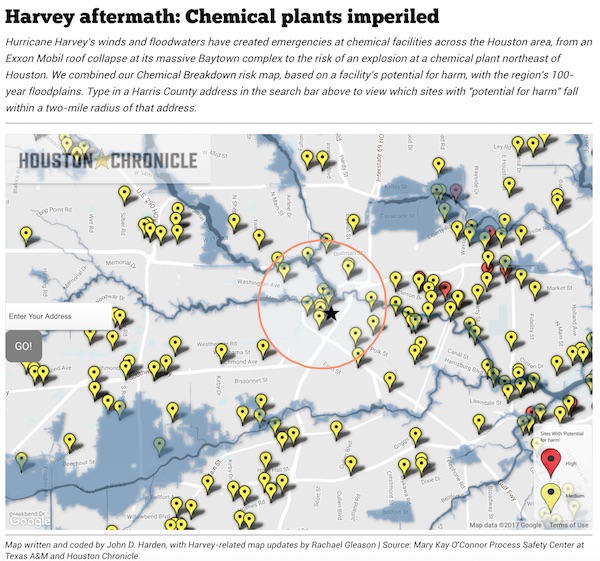The Daily Escape:

Early snowstorm, Yosemite NP, CA – December 2021 photo by Don Smith Photography
Everyone’s speeding. Drive any highway in the US and cars are going really, really fast. It’s also true on local roads. For the past 20 years, speeding has been involved in approximately one-third of all motor vehicle fatalities.
In 2020, an estimated 38,680 people died in traffic crashes, the highest since 2007, according to the federal National Highway Safety Administration. That represented a 7% increase in nationwide fatalities at a time when Covid reduced driving activity by 13%. Henry Grabar, a staff writer at Slate, wrote last week about how Americans became obsessed with driving fast, no matter the cost. He quotes a Connecticut state trooper:
“Covid was midnight on the day shift.”
We all experienced how empty the roads were at the height of Covid. Despite the empty roads, in the first six months of 2021, traffic fatalities in the US rose by 18%, the largest increase since the US Department of Transportation started counting, and double the rate of the previous year. And the National Traffic Safety Administration (NTSA) reports that drivers were hitting higher speeds on empty roads. They reported that as trips taken decreased by 50%, speeding increased by 45%. They also reported an approximate one-third increase in speeding above pre-pandemic levels from November 2020 through March 2021.
It’s a paradox: We have laws about driving speeds that no one obeys. We have police who enforce speeding laws without trying to catch everyone. More from Grabar: (emphasis by Wrongo)
“Speeding is a national health problem and a big reason why this country is increasingly an outlier on traffic safety in the developed world. More than 1 in 4 fatal crashes in the US involve at least one speeding driver, making speeding a factor in nearly 10,000 deaths each year….Thousands of car crash victims are on foot….The odds of a pedestrian being killed in a collision rise from 10% at 23 mph to 75% at 50 mph.”
This isn’t going away. Americans love driving fast and apparently, have confidence in their own abilities. Grabar reports that about half of drivers admit to going more than 15 mph over the speed limit in the past month. But those same drivers regard other drivers’ speeding as a threat to their own safety.
Distracted driving, particularly involving mobile phones, is a huge problem as well. Cambridge Mobile Telematics reported data from more than 300 million trips, measured between January 2019 and July 2021. They showed that phone distraction jumped by more than 17% in the first month of the pandemic. On weekday evening commutes, it was higher by more than 31%.
Separately, Zendrive presented an analysis showing increases in cell phone use among drivers after the mid-March 2020 start of the public health emergency. Their analyses showed that in more than 16% of the crashes, a cell phone was manipulated less than five seconds before impact.
America has once again landed in the worst of both worlds: Drivers believe in their own skill, but not that of other drivers. We have thousands of speed-related deaths and a system of enforcement that isn’t designed to change behavior all that much.
Let’s leave the last words to Grabar:
“The nation’s most disobeyed law is dysfunctional from top to bottom. The speed limit is alternately too low on interstate highways, giving police discretion to make stops at will, and too high on local roads, creating carnage on neighborhood streets….the lack of political will to do something about it tracks with George Carlin’s famous observation that everybody going faster than you is a maniac and everybody going slower than you is an idiot. The consensus is: Enforce the speed limit. But not on me, please. Because while it would be nice to save 10,000 lives a year, it sure is fun to drive fast.”
Time to wake up America! Maybe you like driving fast while scrolling the internet on your phone, but it may make your life (or the life of a family member, or someone you’ve never met) end badly.
To help you wake up, listen to Queen do their song “Thank God It’s Christmas” originally released in November 1984. It was re-released last week by Brian May and Roger Taylor. They have it right, it’s been a long hard year:
Sample Lyrics:
Oh my love we’ve had our share of tears
Oh my friend we’ve had our hopes and fears
Oh my friends it’s been a long hard year
But now it’s Christmas
Yes it’s Christmas
Thank God it’s Christmas



